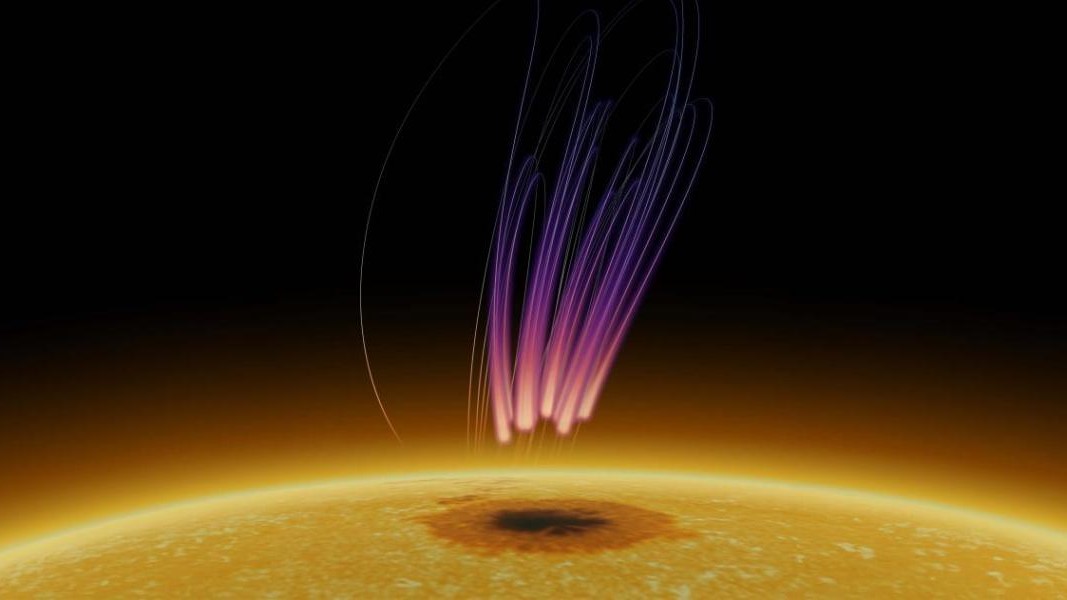A recent viral video on social media has captured a surprising sight and it was a crocodile devouring another crocodile. While many viewers were astonished by the footage and some have pointed out the harsh realities of nature that it showcases.

Crocodiles are known for their ferocity and it have roamed the Earth for approximately 20 million years that outlasting even the dinosaurs, which became extinct about six and a half million years ago. They are highly efficient predators and it was employing specialized techniques for survival both on land and in water.
One such tactic involves ambushing prey by lunging and stabbing when they draw near and it was resulting in a diverse diet that includes snakes, fish, and various mammals. Remarkably, crocodiles are not averse to consuming their own kind.
In the viral video, a sizable crocodile seizes a smaller one as it moves through the water, launching a vicious attack that ultimately proves fatal for the smaller reptile. The sight of one crocodile swallowing another has elicited a range of reactions from viewers.
Many have expressed shock and disbelief at witnessing such behavior, while others have recognized it as a common occurrence in the world of crocodiles. For these creatures, predation is simply a matter of survival, with larger individuals often viewing smaller ones as rivals, particularly during mating season. In such cases, the dominant crocodiles may eliminate smaller competitors to maintain their own dominance within the population.
While some observers find the act of one crocodile consuming another to be a cruel aspect of nature. It is a fundamental part of the crocodile’s predatory behavior. In the wild, these reptiles operate according to a strict hierarchy, with dominance often established through displays of strength and aggression. Despite the shock and awe generated by the viral video, it serves as a stark reminder of the harsh realities of the natural world.
